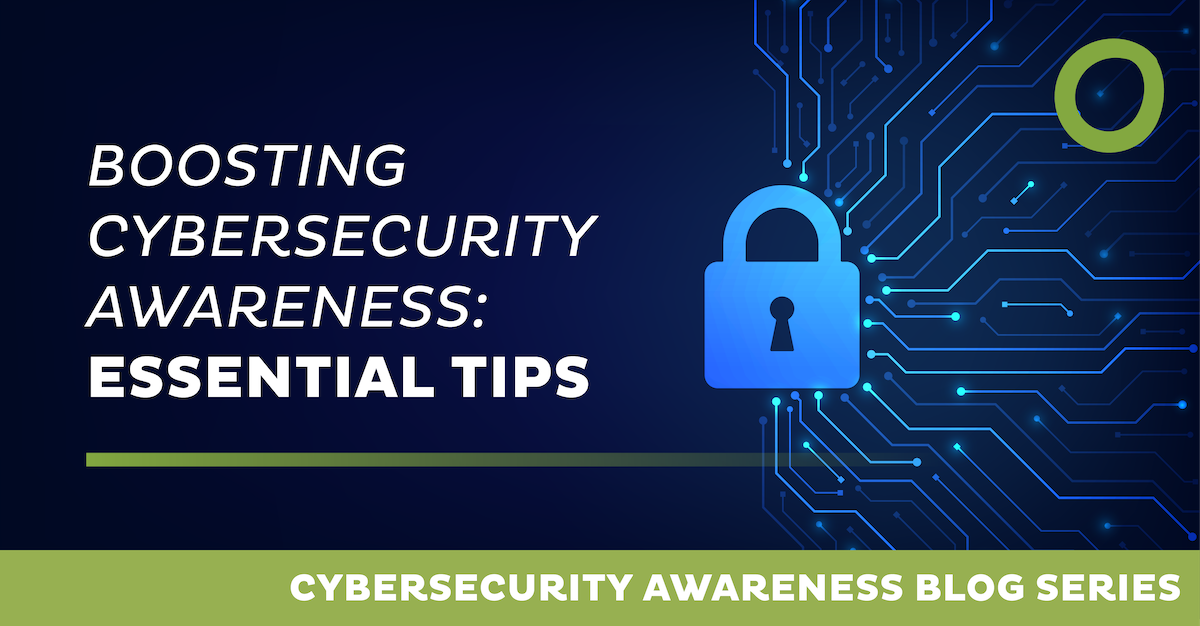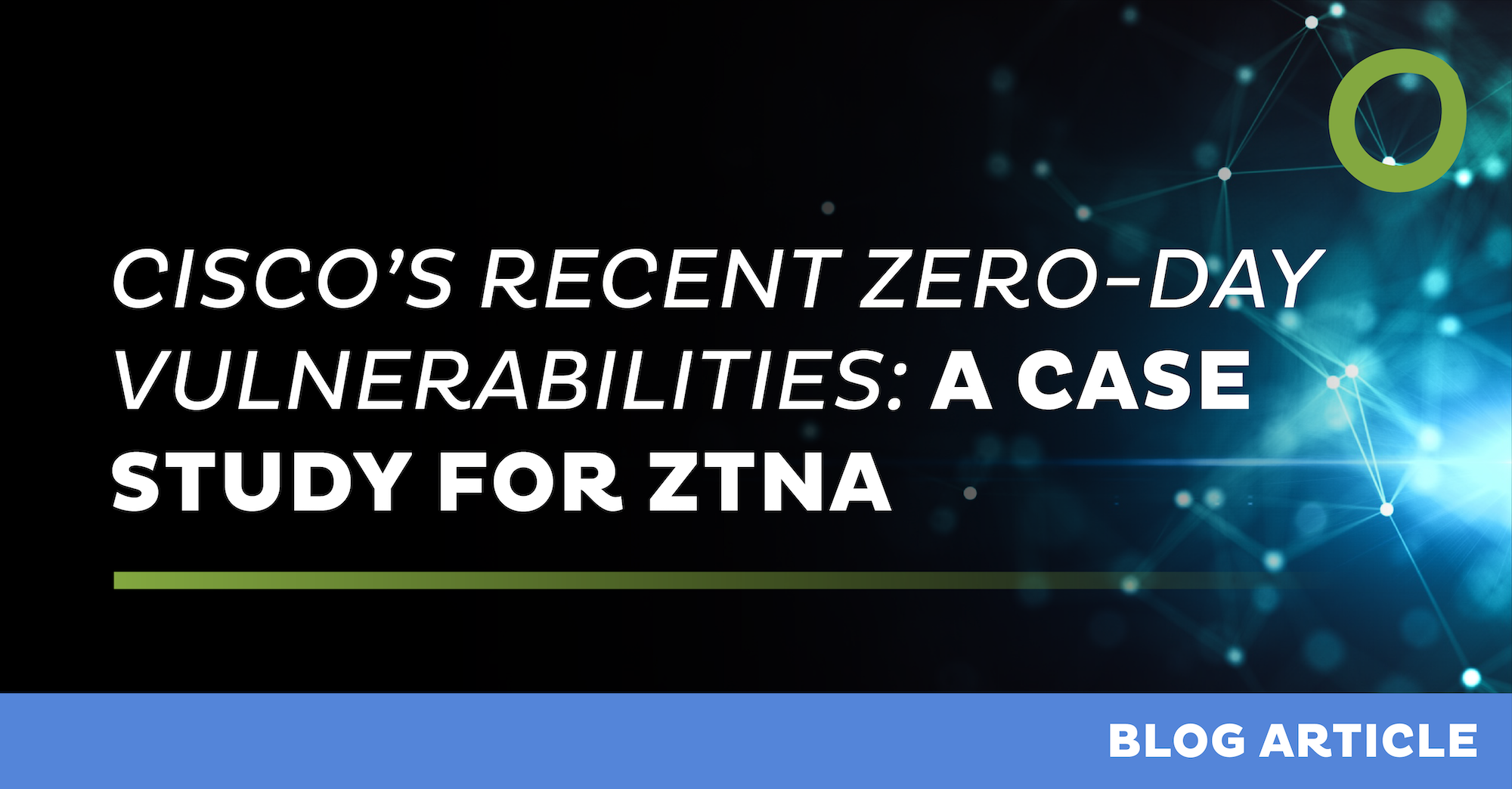
Boosting Cybersecurity Awareness: Essential Tips

The digital age is marked by an unprecedented reliance on technology, making cybersecurity awareness not just an IT issue but a business imperative. As organizations digitize their operations, the potential for cyber threats grows exponentially. Cybersecurity awareness involves understanding these threats and preparing to mitigate them effectively. Awareness campaigns are essential in educating employees about the risks and the role they play in safeguarding their organization's digital assets.
Moreover, a strong cybersecurity culture within an organization enhances trust and credibility. It assures clients and stakeholders that their data is secure, fostering a positive business environment. IT managers and cybersecurity consultants must recognize the importance of integrating cybersecurity awareness into the organizational culture. This involves ongoing education, policy enforcement, and the promotion of best practices to ensure every member of the organization is equipped to handle potential threats.
Cybersecurity Awareness Month: A Global Initiative
Cybersecurity Awareness Month, celebrated every October, serves as a crucial reminder of the ever-present threats in the digital realm. It is a global initiative that encourages individuals and organizations to prioritize cybersecurity. The campaign includes a variety of activities designed to engage the community, such as workshops, webinars, and awareness drives. These activities not only educate but also empower individuals to take proactive steps in securing their digital footprint.
As we move into 2024, the stakes are higher than ever, given the increasing sophistication of cyber threats. Cybercriminals are deploying more advanced tactics, making it crucial for organizations to stay ahead of the curve. Cybersecurity Awareness Month serves as an opportunity for businesses to reassess their security strategies and implement necessary updates. By participating in this global initiative, organizations can align their efforts with the latest security standards and collaborate with peers to share knowledge and resources.
The Digital Transformation and Its Implications
Digital transformation has brought about unprecedented changes in how businesses operate. This shift towards digital integration offers numerous advantages, such as increased efficiency, improved customer experience, and innovation opportunities. However, it also expands the attack surface for cybercriminals, introducing new vulnerabilities that must be addressed. As companies adopt technologies like cloud computing, IoT, and AI, they must also consider the security implications that come with these advancements.
Understanding this dynamic is essential for IT managers and cybersecurity consultants who are tasked with protecting sensitive data and ensuring network resilience. They must balance the benefits of digital transformation with the associated risks, implementing robust security measures that evolve alongside technological advancements. This involves continuous assessment and adaptation of security protocols to address emerging threats and vulnerabilities.
Key Strategies for Enhancing Cybersecurity Awareness
Developing effective cybersecurity strategies involves more than just technical solutions; it requires a holistic approach that encompasses people, processes, and technology. By focusing on these key areas, organizations can build a resilient cybersecurity posture that not only protects their assets but also empowers their workforce to act as the first line of defense.
Implementing a Holistic Cybersecurity Framework
A robust cybersecurity framework is foundational to safeguarding digital assets. This involves integrating various security measures, including firewalls, intrusion detection systems, and endpoint protection. IT managers must ensure that all these components work in harmony to provide comprehensive protection. It is essential to adopt a layered security approach, known as defense in depth, which provides multiple barriers against potential intrusions.
Furthermore, a holistic framework should incorporate regular security audits and risk assessments to identify and address vulnerabilities proactively. These evaluations help in understanding potential weak points and devising strategies to mitigate them before they can be exploited. By adopting a proactive approach, organizations can enhance their ability to detect and respond to threats effectively, minimizing potential damage and ensuring business continuity.
Emphasizing Security Education and Training
One of the most effective ways to boost cybersecurity awareness is through regular training sessions. These should be tailored to different levels of understanding, ensuring that all employees, from entry-level to executives, are aware of potential threats and best practices. Training programs should include simulated phishing attacks, workshops on recognizing suspicious activities, and guidance on secure password practices.
For cybersecurity consultants, simplifying complex concepts for clients is crucial to fostering a security-conscious culture. By breaking down technical jargon into understandable language, consultants can help clients grasp the importance of cybersecurity measures and their role in implementing them. Continuous education not only empowers employees but also instills a sense of responsibility towards maintaining a secure environment, thereby reducing the likelihood of human error leading to a breach.
Leveraging SASE for Enhanced Network Security
Secure Access Service Edge (SASE) represents a paradigm shift in network security. By converging networking and security services into a single cloud-based architecture, SASE offers a unified approach to managing network security. This convergence simplifies the security infrastructure, reducing complexity and enhancing efficiency. It enables organizations to implement consistent security policies across all access points, whether on-premises or in the cloud.
This is particularly beneficial for organizations with distributed workforces, as it ensures secure access to resources regardless of location. SASE provides scalable and flexible security solutions that adapt to the needs of dynamic work environments, ensuring that remote workforces are protected without compromising performance. As organizations continue to embrace remote work, adopting SASE solutions becomes increasingly critical in maintaining robust security standards.
The Role of Network as a Service (NaaS) in Cybersecurity
In today's rapidly changing digital landscape, traditional network management approaches are often insufficient. Network as a Service (NaaS) offers a modern solution, providing businesses with the agility and scalability needed to meet evolving security demands. By outsourcing network management, organizations can focus on their core competencies while ensuring their networks are secure and efficient.
Understanding Network as a Service
Network as a Service (NaaS) provides a scalable and flexible approach to managing network resources. By adopting NaaS, organizations can offload the complexities of network management to a third-party provider, allowing IT teams to focus on strategic initiatives. This service model offers flexibility in scaling network resources based on demand, ensuring that organizations can adapt to changes in usage patterns without significant overhauls.
Additionally, NaaS providers often offer customizable solutions tailored to the specific needs of an organization. This means that businesses can select the services that best align with their operational requirements, without investing in unnecessary infrastructure. This adaptability makes NaaS an attractive option for businesses looking to optimize their network management while maintaining robust security standards.
Benefits of NaaS for Cybersecurity
NaaS providers often incorporate advanced security features into their offerings, such as automated threat detection and response, DDoS protection, and data encryption. These services are continuously updated to reflect the latest threat intelligence, ensuring that organizations benefit from cutting-edge security technologies without the need for significant upfront investment. This model allows businesses to stay ahead of cyber threats while reducing the burden on internal IT resources.
Furthermore, by leveraging the expertise of NaaS providers, organizations can ensure that their network security measures are aligned with industry best practices. This collaboration can lead to enhanced threat detection capabilities and faster incident response times, minimizing potential damages from cyber attacks. As cyber threats continue to evolve, the ability to access specialized security expertise through NaaS can be a significant advantage for businesses seeking to protect their digital assets.
Professional Support and Continuous Monitoring
To maintain a strong cybersecurity posture, organizations must combine advanced technology with expert guidance and continuous vigilance. Professional support and monitoring are essential components of an effective cybersecurity strategy, ensuring that businesses remain resilient in the face of emerging threats.
The Importance of Professional Support
For IT managers, having access to professional support is invaluable. Cybersecurity consultants can offer expert advice on implementing best practices and responding to incidents. This collaboration ensures that organizations remain resilient in the face of evolving threats. Consultants can provide insights into the latest security trends, helping organizations stay ahead of potential vulnerabilities and attack vectors.
Moreover, professional support can assist organizations in developing incident response plans and conducting regular security assessments. These activities help in identifying gaps in the current security posture and implementing necessary improvements. By working with experienced consultants, organizations can strengthen their defenses and ensure a swift and effective response to any security incidents that may arise.
Continuous Monitoring and Threat Intelligence
Continuous monitoring is a critical component of a robust cybersecurity strategy. By leveraging threat intelligence and advanced analytics, organizations can proactively identify and mitigate potential threats. Real-time monitoring enables the detection of unusual activities or anomalies, allowing for quick intervention before they escalate into full-blown attacks.
This approach not only enhances security but also provides valuable insights into emerging trends. By analyzing data collected through continuous monitoring, organizations can identify patterns and predict future threats, enabling them to fine-tune their security measures accordingly. This proactive stance is essential in a landscape where cyber threats are constantly evolving, ensuring that organizations remain one step ahead of potential adversaries.
Challenges and Solutions in the Digital Age
As organizations navigate the complexities of the digital age, they face numerous challenges that require strategic solutions. From regulatory compliance to workforce development, addressing these issues is essential for maintaining a secure and efficient digital environment.
Navigating the Complexities of Compliance
Compliance with regulations such as GDPR and HIPAA is a significant challenge for many organizations. These regulations impose strict requirements on data handling, privacy, and security, requiring organizations to implement comprehensive measures to protect sensitive information. Non-compliance can result in severe penalties, making it essential for IT managers to ensure that all data handling processes align with these standards.
Cybersecurity consultants play a vital role in guiding organizations through the compliance landscape. They can help interpret complex regulatory requirements and develop strategies to meet them effectively. By working closely with consultants, organizations can ensure that their compliance efforts are robust and up-to-date, minimizing the risk of regulatory violations and associated consequences.
Addressing the Skills Gap in Cybersecurity
The demand for cybersecurity professionals continues to outstrip supply. The rapid evolution of cyber threats requires a skilled workforce capable of implementing and managing advanced security measures. To address this skills gap, organizations should invest in training programs and partnerships with educational institutions. By fostering a culture of continuous learning, organizations can build a robust cybersecurity workforce.
Developing internal talent through training and development programs not only helps fill current gaps but also prepares organizations for future challenges. Partnering with educational institutions can provide access to new talent and innovative research, further enhancing an organization's cybersecurity capabilities. By prioritizing workforce development, organizations can ensure they have the necessary expertise to navigate the complex cybersecurity landscape effectively.
Future Trends and the Way Forward
Staying ahead in the cybersecurity domain requires a keen understanding of emerging trends and the ability to adapt strategies accordingly. As technology continues to evolve, so too must the approaches organizations take to secure their digital environments.
The Rise of Artificial Intelligence in Cybersecurity
Artificial Intelligence (AI) is set to play an increasingly important role in cybersecurity. From predictive analytics to automated threat detection, AI offers numerous opportunities to enhance security measures. AI can analyze vast amounts of data quickly, identifying patterns and anomalies that may indicate potential threats. This capability allows for faster and more accurate threat detection, improving response times and reducing the impact of attacks.
IT managers and cybersecurity consultants must stay abreast of these developments to leverage AI effectively. Integrating AI into cybersecurity strategies requires an understanding of both its capabilities and limitations. By harnessing the power of AI, organizations can significantly enhance their security posture, staying ahead of sophisticated cyber adversaries and protecting their digital assets more effectively.
Building a Culture of Cybersecurity
Ultimately, boosting cybersecurity awareness requires a cultural shift within organizations. It is not enough to implement technical solutions; there must be a concerted effort to build a security-first mindset. Creating a culture of cybersecurity involves engaging all employees in the security process, making them aware of the critical role they play in protecting the organization's digital assets.
This involves collaboration across all levels of the organization, from the boardroom to the front lines. Leadership must demonstrate a commitment to cybersecurity, setting the tone for the rest of the organization. By fostering an environment where security is prioritized and valued, organizations can ensure that every employee is invested in maintaining a secure digital environment, ultimately reducing the risk of breaches and enhancing overall security.
Conclusion
As we approach Cybersecurity Awareness Month, it is crucial to recognize the importance of continuous vigilance in the digital age. By implementing a comprehensive cybersecurity framework, leveraging advanced technologies like SASE and NaaS, and fostering a culture of awareness, organizations can safeguard their digital assets and navigate the complexities of cybersecurity with confidence.
In this rapidly evolving landscape, the role of IT managers and cybersecurity consultants is more critical than ever. By staying informed and proactive, they can ensure that their organizations remain resilient and secure in the face of emerging threats. It is through a combination of strategic planning, technological innovation, and cultural transformation that businesses can effectively combat the challenges of the digital age and thrive in a secure environment.
Leave Complexity
Behind
To learn how Open Systems SASE Experience can benefit your organization, talk to a specialist today.
Contact Us



